Mastering the SaaS Sales Funnel: Strategies for Optimizing Every Stage
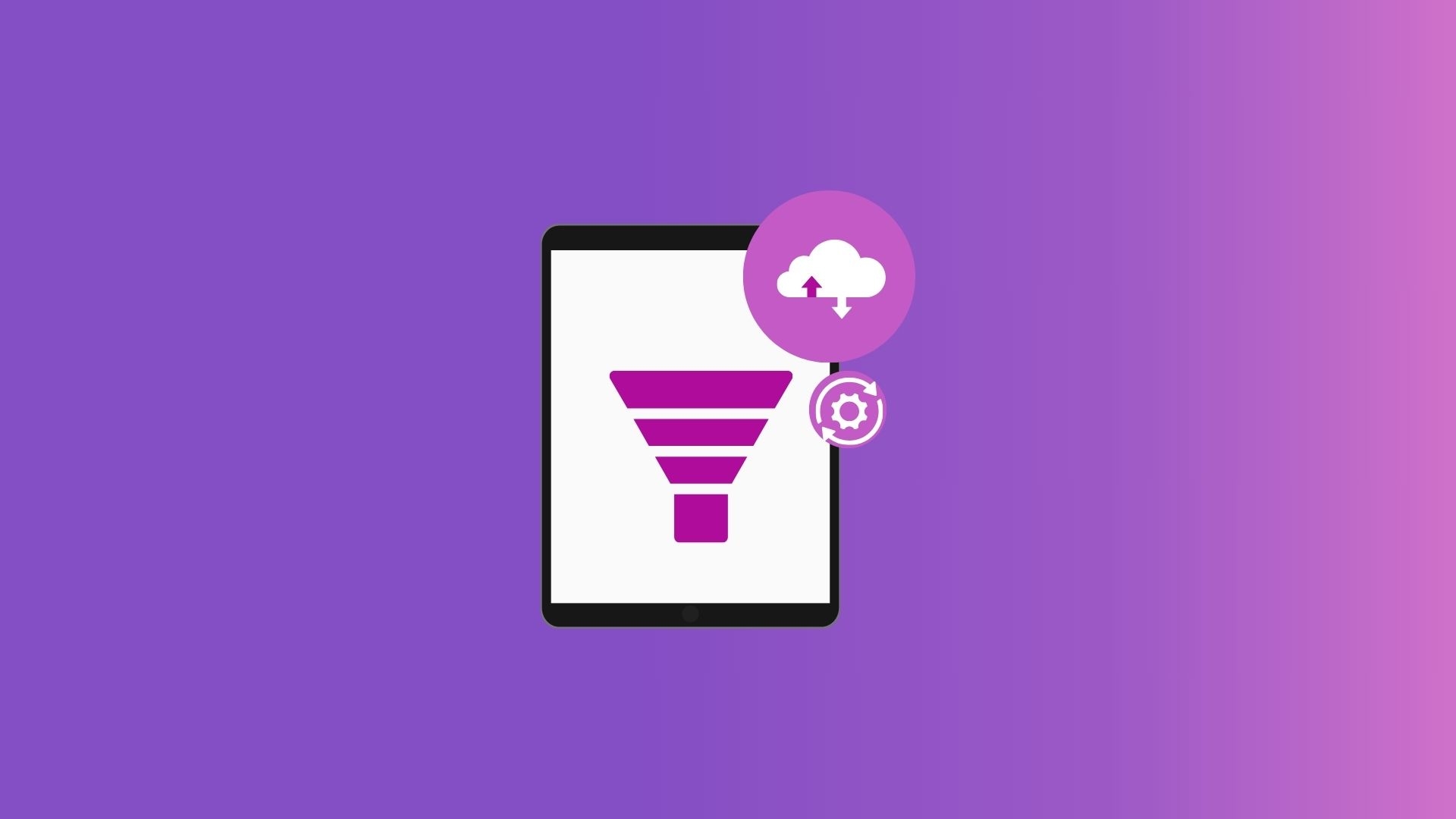
What is the SaaS Sales Funnel?
A SaaS sales funnel is a step-by-step digital marketing guide that converts potential customers into paid users and loyal fans. Improving each stage helps companies boost conversion rates and customer lifetime value, key growth metrics.
Understanding the SaaS Sales Funnel Stages
The structure generally consists of several stages, whether for a B2B SaaS sales funnel or a client-facing marketing funnel.
Awareness stage
Awareness is the first and arguably one of the most important steps in the funnel. It’s all about making prospects aware of your SaaS product and its value proposition. It’s important to note that other businesses are also competing for the attention share of your audience, so as a SaaS company, your efforts should be focused on lead qualification, business growth, and taking steps to create valuable content.
Every potential customer is different, so there is no “one size fits all” approach. At this stage, the goal is to capture the customer’s attention and make a compelling case for why your software stands out in a crowded market.
Effective marketing strategies for increasing awareness include:
Identifying your target audience:
- Define ideal customer profiles (ICPs).
- Segment potential customers based on industry, company size, and role.
- Utilize customer personas to understand key pain points and needs.
Creating educational content:
- Develop blog posts, whitepapers, eBooks, and webinars that address key challenges
- Offer introductory guides to industry trends and best practices.
- Produce video content, podcasts, and infographics in marketing alignment with your target audience’s needs
Leveraging SEO and keywords:
- Conduct keyword research to identify high-impact search terms.
- Optimize website and content with relevant keywords.
- Create SEO-optimized landing pages for specific pain points.
Building social media presence:
- Share valuable insights and tips on LinkedIn, Twitter/X, and Facebook.
- Engage with relevant industry groups and influencers
- Create and share short video clips showcasing product benefits.
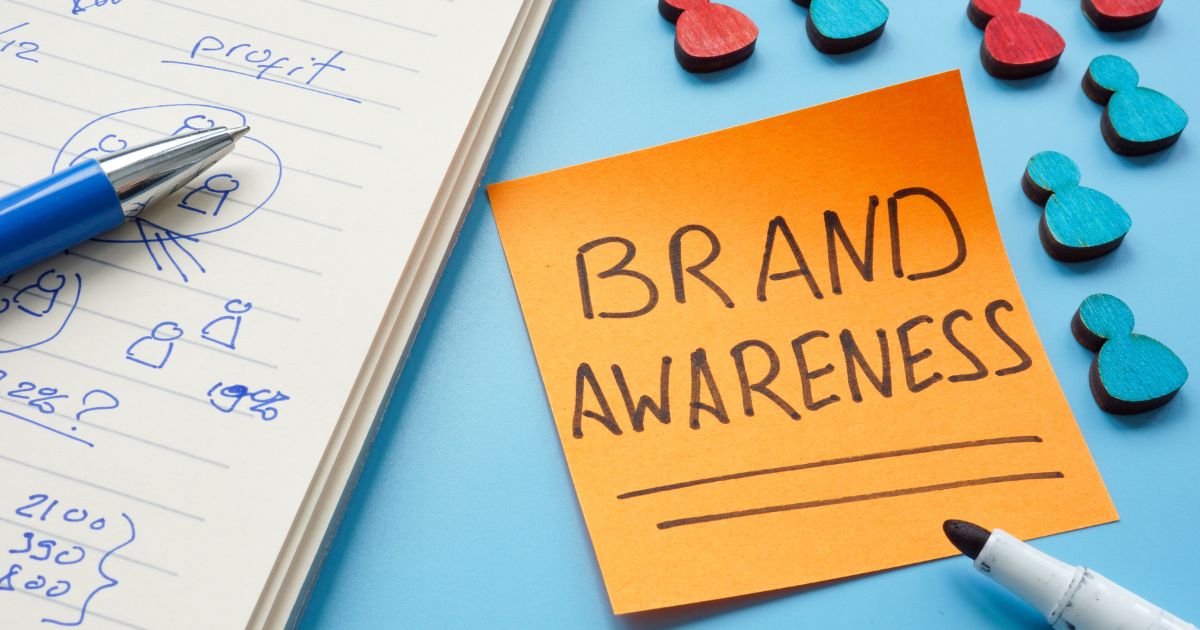
Engagement and interest stage
In the engagement and interest stage of the SaaS sales funnel, the focus shifts from making people aware of your product to actively engaging with them and sparking their interest. At this point, your SaaS content marketing efforts should be centered around:
Providing answers through FAQs, blog posts, webinars, and more:
- Create a comprehensive FAQ section on your website.
- Write detailed blog posts addressing common customer questions.
- Host webinars focusing on specific pain points and solutions.
Using email marketing to share useful and personalized content with prospects:
- Segment email lists based on customer personas and behavior.
- Send personalized welcome emails introducing useful resources.
- Share newsletters with curated content on industry trends and best practices.
- Create drip campaigns guiding prospects through relevant information.
Offering live Q&A sessions or webinars to address prospect concerns in real time:
- Schedule live Q&A sessions with product experts and customer success teams.
- Host topic-specific webinars to address common challenges.
- Provide live demonstrations showcasing product features and benefits.
- Encourage participation through interactive polls and live chat.

Consideration stage
At the consideration stage of the sales funnel, prospective customers actively evaluate your product alongside its competitors to determine which one best suits their needs. This is a critically important stage in your marketing campaigns because it’s the point at which the user will make an informed decision. To help them do so, you should:
Providing in-depth product demos:
- Offer live demos conducted by product experts to showcase key features.
- Create pre-recorded demos tailored for different customer segments.
- Allow prospects to request personalized demos focusing on specific pain points.
Creating case studies and customer success stories:
- Highlight real-world examples of customers solving challenges with your product.
- Share success metrics to demonstrate tangible business outcomes.
- Create video testimonials to build credibility and trust.
Providing detailed product comparisons:
- Create comparison charts highlighting your product’s strengths over competitors.
- Develop side-by-side comparisons for different pricing tiers and feature sets.
- Write blog posts analyzing your product’s unique selling points (USPs).
Offering consultative sales calls:
- Schedule one-on-one calls with prospects to understand their needs.
- Have each sales rep provide personalized recommendations and suggest relevant add-ons.
- Share tailored pricing options based on their specific requirements.
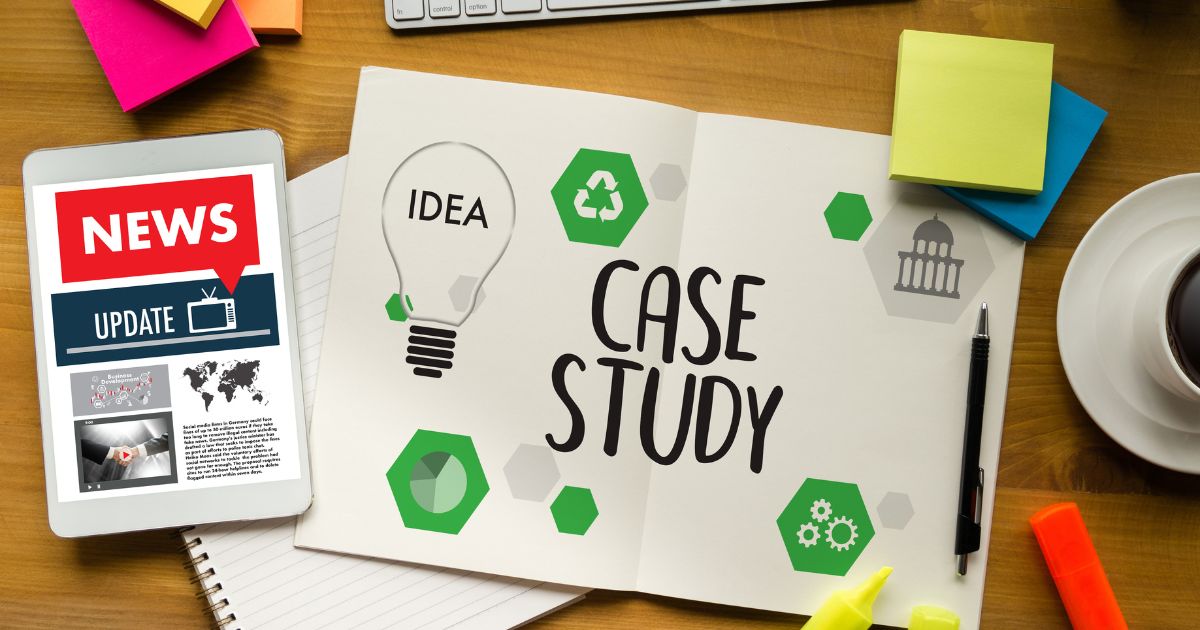
Decision stage
At the decision stage of the SaaS conversion funnel, the focus is converting prospects into customers. This is the point at which the effectiveness of your checkout process and the clarity of your pricing structure can make all the difference. Optimize those elements to help reduce friction and guide the customer smoothly toward converting. Here’s how:
Making the checkout process seamless and minimizing steps needed to complete a purchase:
- Streamline checkout forms to collect only essential information.
- Reduce the number of pages or clicks required to complete a purchase.
- Provide a progress indicator to show how many steps remain.
Avoiding extra steps or complications that could cause customers to abandon their carts:
- Eliminate unnecessary steps like mandatory account creation.
- Provide a “Guest Checkout” option for new customers.
- Display error messages with instructions on how to fix them.
Displaying pricing and providing detailed descriptions of each plan and who it’s best for:
- Include a detailed pricing page with plan features and benefits.
- Highlight popular plans or recommendations for different user types.
- Provide a comparison chart showcasing the differences between plans.
Offering multiple payment methods:
- Accept bank transfers, credit cards, digital wallets, and payment plans.
- Integrate with popular payment gateways for wider acceptance.
- Provide a “Buy Now, Pay Later” option if relevant.
Providing payment flexibility to accommodate customer preferences:
- Allow for billing in different currencies based on customer location.
- Enable partial payments or installments for larger plans.
- Include discounts for annual billing or multi-year contracts.

Retention stage
Keeping customers happy is crucial for sustaining long-term SaaS business models and growing your average revenue. Here are a few key strategies for sales teams to help keep customers satisfied in the retention stage of the sales funnel and help them glean ongoing value from the product. Here’s how:
Onboarding customers efficiently:
- Develop a step-by-step onboarding process with video tutorials.
- Provide in-app tooltips and guidance for first-time users.
- Schedule regular check-ins with new customers to address concerns.
Offering loyalty programs and rewards:
- Provide exclusive discounts for long-term customers.
- Offer early access to new features or beta releases.
- Create a referral program to incentivize customer advocacy.
Offering upsell and cross-sell opportunities:
- Identify customers who would benefit from higher-tier plans or add-ons.
- Provide personalized recommendations based on usage and needs.
- Introduce complementary products that enhance their current subscription.
Conducting exit interviews with churning customers:
- Understand the reasons for customer cancellations through surveys or interviews.
- Identify recurring issues and implement corrective measures.
- Offer incentives for customers willing to reconsider or downgrade instead of canceling.
As you can see, this type of sales funnel blends in perfectly with the SaaS business model by following a similar structure as traditional marketing funnels yet remains fully optimized for your unique marketing alignment.
How to Build Your SaaS Marketing Funnel: Step-by-Step
Now that we’ve explored the different stages of the SaaS funnel let’s take a closer look at optimizing it step-by-step.
1. Target audience identification
This process involves creating detailed customer profiles based on market research and data analysis. Gather information on your current customers acquired to understand what they all have in common, such as their industry, company size, their role within the company, and how they use your product.
Supplementing this information with market research can help you identify broader trends and opportunities within your target sectors that your competition may not have considered.
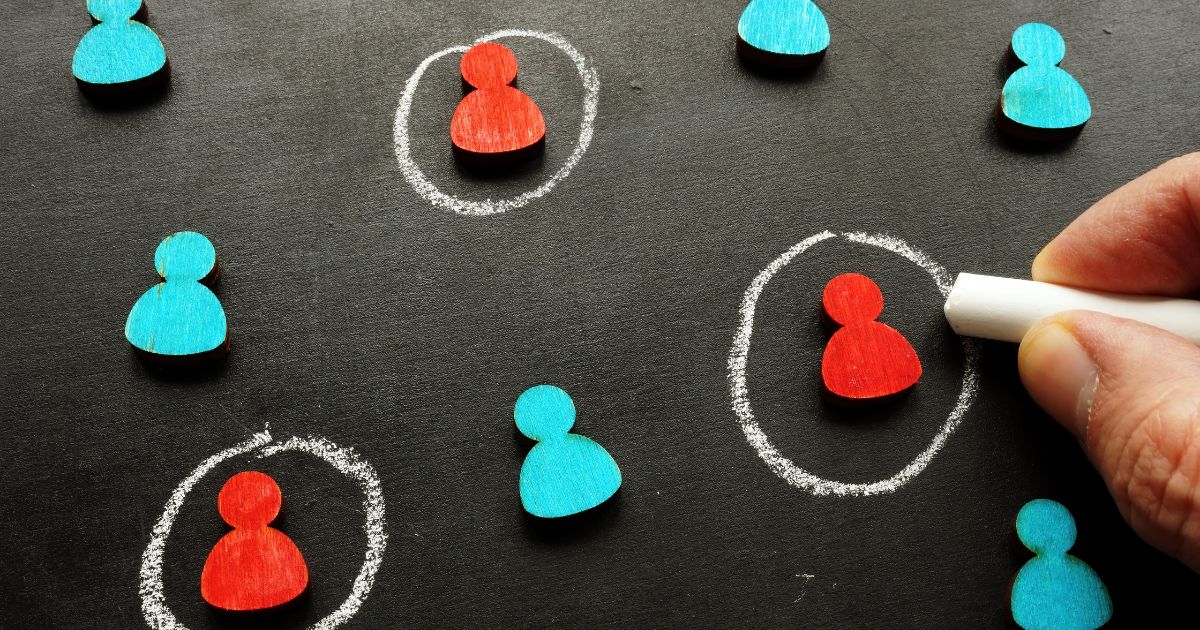
2. Awareness creation (TOFU)
In the top-of-funnel (TOFU) phase, the goal is to introduce potential customers to your brand through a strategic mix of SEO, social media, and content marketing. You should also create a detailed content marketing strategy at this time to share valuable information that addresses your prospects’ most common pain points. This in turn builds credibility and helps drive organic traffic to your sales funnel.
3. Engagement and nurturing (MOFU)
The middle of the funnel (MOFU) is all about engagement. At this stage in the SaaS marketing funnel, you should include in-depth content creation, like detailed webinars that address a specific pain point, case studies, and personalized emails designed to encourage potential customers to take action. This more targeted outreach is designed to move prospects deeper into the SaaS sales funnel while helping to set the stage for conversion.
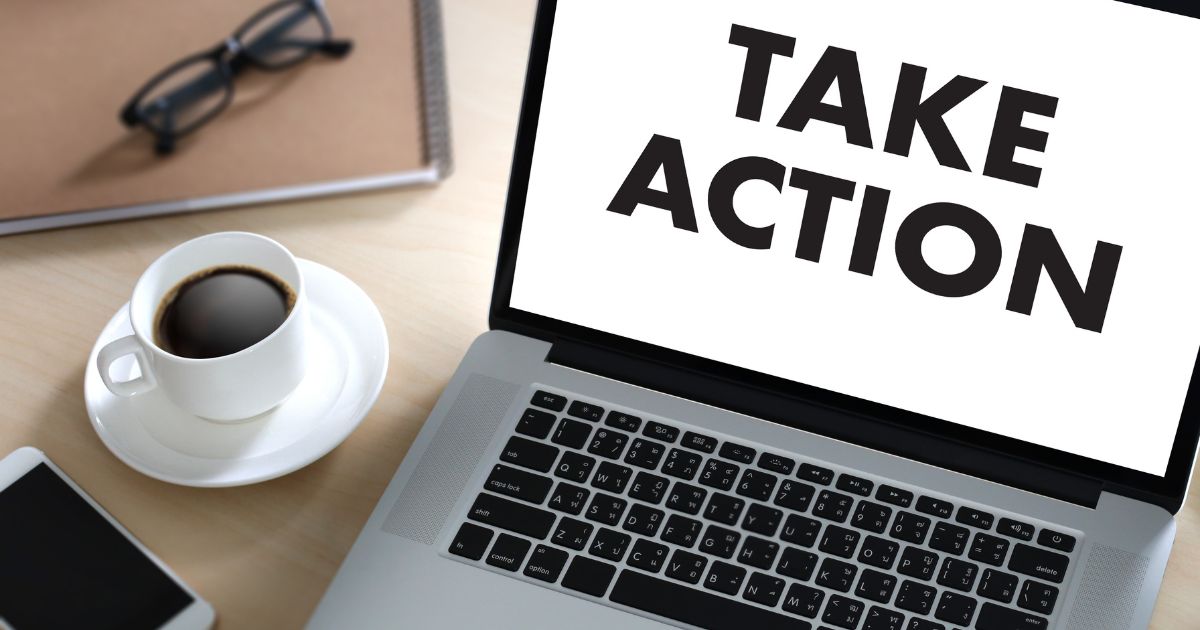
4. Conversion strategies (BOFU)
The bottom of the SaaS funnel is centered around funnel performance and how you measure success. Here, the emphasis is on converting prospects into customers. At this stage in the B2B SaaS sales funnel, it’s vital to demonstrate the value of your SaaS product directly.
This can involve personalized demos, free trials, and clear, transparent pricing on the checkout page. Incorporating live chat at this stage can also help with any last-minute questions or concerns the prospect may have.
5. Retention and optimization
When focusing on increasing customer retention, the goal is to keep paying customers and maximize their satisfaction and engagement with the brand and its products over time. Satisfied customers mean greater revenue growth over time.
Customers can feel supported and involved in the process by offering numerous channels of support, ongoing education and training, and a feedback loop to each paying customer. Leverage data analytics to measure your optimization campaigns’ effectiveness and always identify improvement areas to foster continued growth.

Key Metrics and KPIs Your Sales Team Should Track
Important SaaS marketing metrics to track as part of the customer journey include:
- Monthly recurring revenue (MRR): A measure of the total predictable revenue a company expects monthly from all active subscriptions. For SaaS companies, this metric provides a clear picture of income streams and helps to track and forecast future growth
- Churn rate: The percentage of customers who cancel their subscription within a given time period. Customer churn rate is crucial for understanding customer retention and satisfaction. A high churn rate indicates existing pain points, including problems with customer satisfaction, competitive positioning, or poor product-market fit.
- Customer lifetime value (CLTV): The total revenue a business can reasonably expect from a single customer account throughout its relationship with the company. It considers factors such as the average purchase value, the number of transactions, and the retention time period.
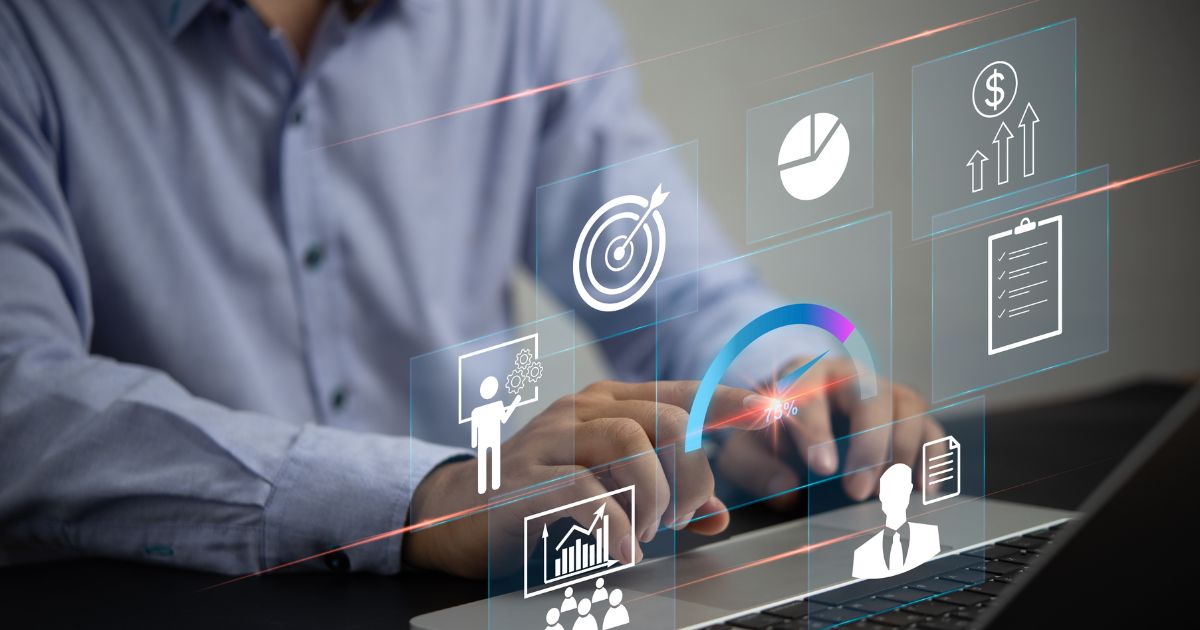
Optimizing Your SaaS Sales Funnel
To fully optimize your SaaS sales funnel and attract more loyal customers, you can use several additional tactics to effectively boost performance from the top to the bottom of your SaaS marketing funnels. These include:
For top of the funnel – awareness with influencer marketing
Collaborate with industry influencers and thought leaders to tap into their audiences. Influencer marketing can introduce your product to potential customers who trust their recommendations, significantly boosting your brand’s visibility and credibility.
For a middle of the funnel – engagement and nurturing with interactive content
Interactive content across all of your marketing channels, such as quizzes, assessments, or interactive infographics, can help customers evaluate their needs in a more engaging way than just downloading a whitepaper or reading a tutorial. They’re also ideal for increasing website traffic and promoting social media engagement.
For the bottom of the funnel – conversion through exclusive offers
Providing VIP discounts to existing customers or exclusive features for leads who are “on the fence” can tip the balance in favor of them making a purchase. For those users who have opted in for a trial, encourage your sales team to temporarily unlock premium features to demonstrate the full potential of your SaaS product.
Retention and optimization through community building
Developing a vibrant community around your product makes it easy for customers and prospects alike to get involved. Allowing them to exchange tips, give feedback, and gain early access to exclusive content increases their loyalty to the product.
Upselling and cross-selling through loyalty programs
Invest in loyalty programs that reward customers for long-term commitments or for upgrading to the next pricing tier. This could include access to beta features, discounts on renewals, or even a free month added to their subscription.
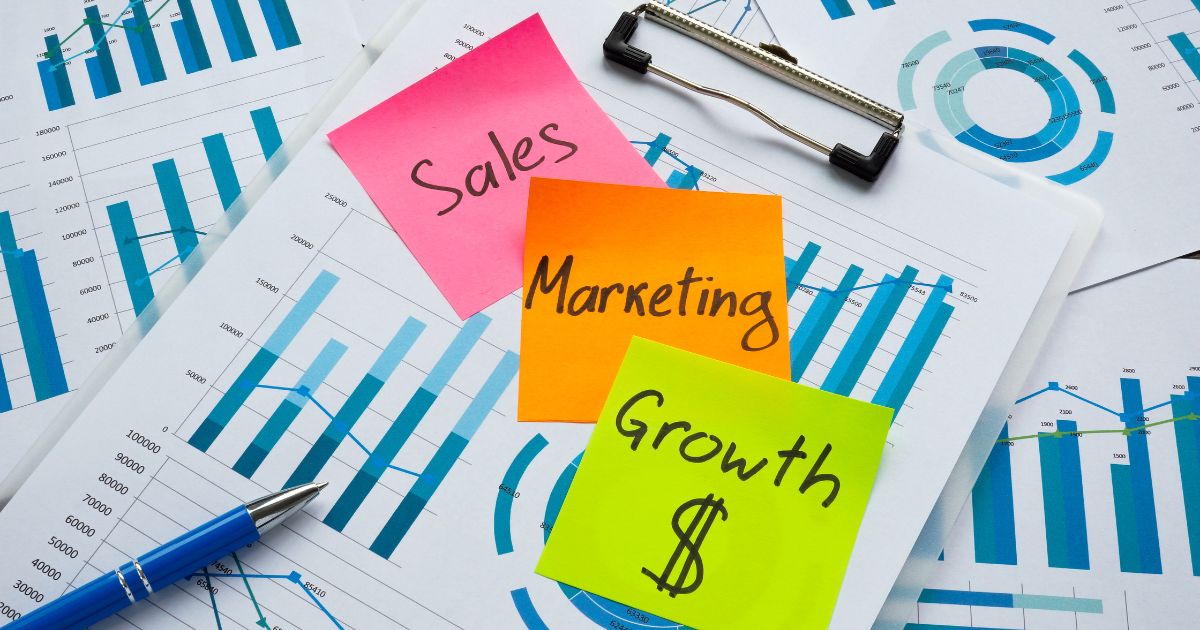
The Role of Technology in Streamlining Your Sales Process
SaaS companies can significantly enhance their sales funnels by leveraging SaaS SEO tools in addition to CRM systems, analytics tools, and marketing automation.
CRM systems centralize customer interactions, aiding lead tracking and enabling personalized strategies based on customer insights. They help tailor communications, increasing conversion rates.
Analytics tools like Google Analytics measure performance across the sales funnel, revealing valuable insights through conversion rates, customer acquisition, and ROI metrics.
Marketing automation streamlines campaign management across email, social media, and paid ads. It automates repetitive tasks, delivering the right content at the right time. A/B testing fosters ongoing optimization, boosting conversion rates and profits every sales cycle.
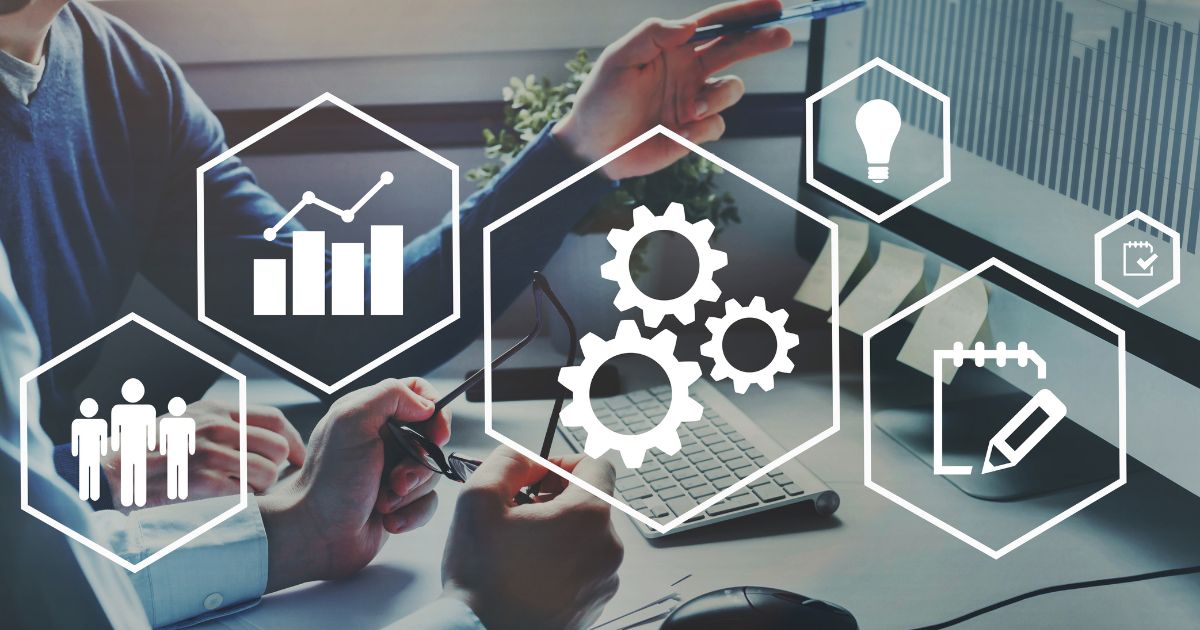
Working with a Sales Funnel Agency
Working with a professional agency to refine your SaaS sales funnel strategy offers a number of benefits. Agencies, like Fortis Media, bring a wealth of experience and expertise to the table, which is vital for optimizing each stage. Not only can a sales funnel agency like Fortis Media identify gaps in your current strategy, but they can also share advanced tactics that you may not have considered.
With specialized industry knowledge, Fortis Media goes beyond the traditional marketing funnel by suggesting tools and technologies that enhance your existing marketing efforts while bringing fresh ideas.
Partnering with Fortis Media also frees up your internal teams to focus on core business activities, entrusting strategic campaigns and initiatives to experts who can reliably drive results.
Key Takeaways
- Clearly define each stage of the marketing and sales funnel, from awareness and engagement to conversion and retention, and use strategies that are precisely tailored to each phase
- Empowering your sales team with tools such as CRM systems, analytics, and marketing automation frees up valuable time while delivering impressive insights that otherwise would not be available to you
- Focusing on personalization, using detailed customer data to segment groups, and tailoring communications significantly impact conversion rates while polishing the overall sales process
- Partnering with professional agencies lends you expert knowledge and innovative strategies, further refining your funnel and maximizing ROI during the customer journey
- Continuously measure and refine strategies based on customer feedback and performance data. This makes your SaaS sales funnel more effective over time as customer behavior and market conditions change
FAQS ABOUT SAAS MARKETING
How do I identify my target audience for a SaaS product?
Analyze current customer data, do market research, and define key customer personas based on demographics, industry, job roles, and pain points. This helps ensure your marketing efforts are tailored to those most likely to benefit from your product.
How frequently should I update my marketing funnel content?
Ideally, your marketing funnel should be updated every quarter to keep it fresh and relevant. If necessary, adjust it more frequently based on your performance analytics and customer feedback
What are effective lead-generation strategies for SaaS?
Effective lead-generation strategies for SaaS include content marketing, SEO, targeted social media campaigns, influencer marketing, referral programs, email marketing, and free trials. These attract potential customers and guide them throughout each stage of your sales funnel.
Which metrics are crucial for tracking the success of a SaaS marketing funnel?
Crucial metrics to track in a SaaS marketing funnel include monthly recurring revenue (MRR), customer acquisition cost (CAC), customer lifetime value (CLTV) churn rate, conversion rate, and funnel drop-off rates.
Read our other articles
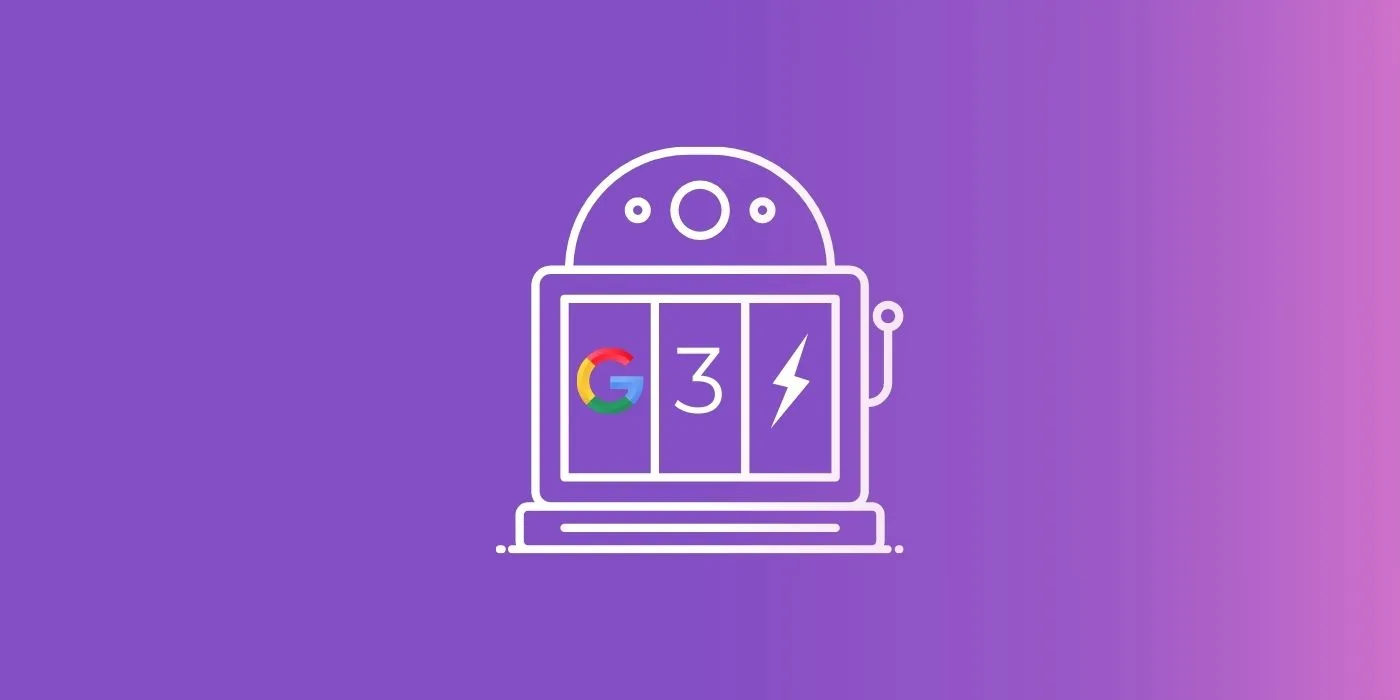
iGaming SEO: The Ultimate Guide to Ranking iGaming Sites in 2025

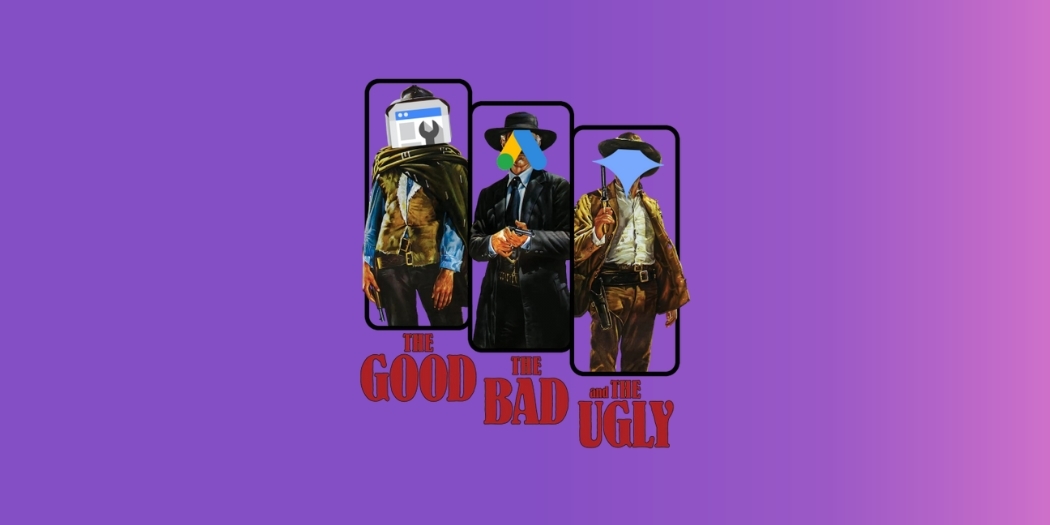
How SEO and PPC Work Together: A Practical Guide

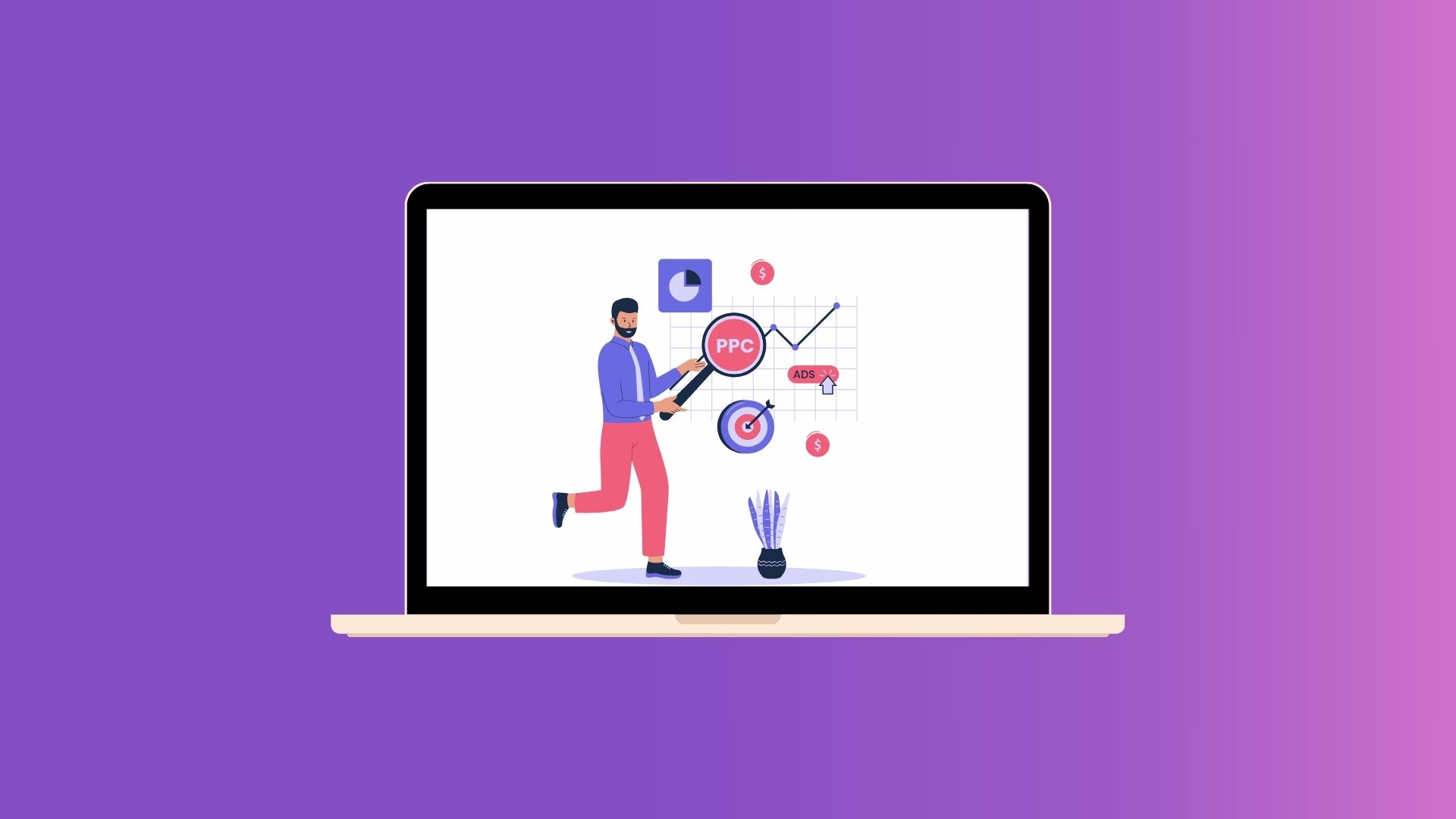
What is a PPC Agency? A Comprehensive 2025 Guide






